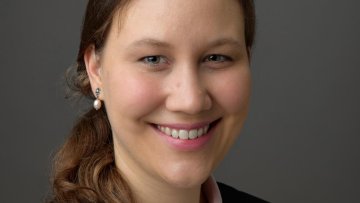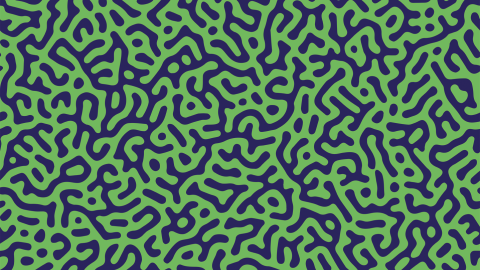Equal Opportunity Cities (this lecture is open to everyone)
Using data from four continents, we show that diversity of consumption and of diversity of social exposure are perhaps the single most powerful predictor of life outcomes such as increasing neighborhood GDP, increasing individual wealth, and promoting intergenerational mobility, even after controlling for variables such as population density, housing price, and geographic centrality. The effects of diversity in promoting opportunity are causal, and inequality in opportunity stems more from social norms that promote segregation than from physical segregation. Policies to promote more equal opportunities within cities seem practical.
You can register here. Everyone is welcome.
The Anile-ECMI Prize is given to a young researcher for an excellent PhD thesis in industrial mathematics successfully submitted at a European university. It was established in honour of Professor Angelo Marcello Anile (1948-2007) of Catania, Italy and consists of a monetary prize of 2500 Euros and an invitation to give a talk at the ECMI 2021 conference on Wedneday 14 April.
I is a Strange Loop - Written and performed by Marcus du Sautoy and Victoria Gould
Tuesday 25 May 2021
5.00-7.15pm
From the creative ensemble behind Complicité’s sensational A Disappearing Number, this two-hander unfolds to reveal an intriguing take on mortality, consciousness and artificial life. Alone in a cube that glows in the darkness, X is content with its infinite universe and abstract thought. But then Y appears, insisting they interact, exposing X to Y's sensory and physical existence. Each begins to hanker after what the other has until a remarkable thing happens … involving a strange loop.
After the screening and to coincide with publication of the script by Faber, Marcus and Victoria are joined by Simon McBurney, founder of Complicite, to discuss the play and mathematics and theatre.
A discount of 25 per cent on the playtext is available from faber.co.uk using the code LOOP25 from May 20.
Watch (no need to register and it will remain available after broadcast):
The Oxford Mathematics Public Lectures are generously supported by XTX Markets.



